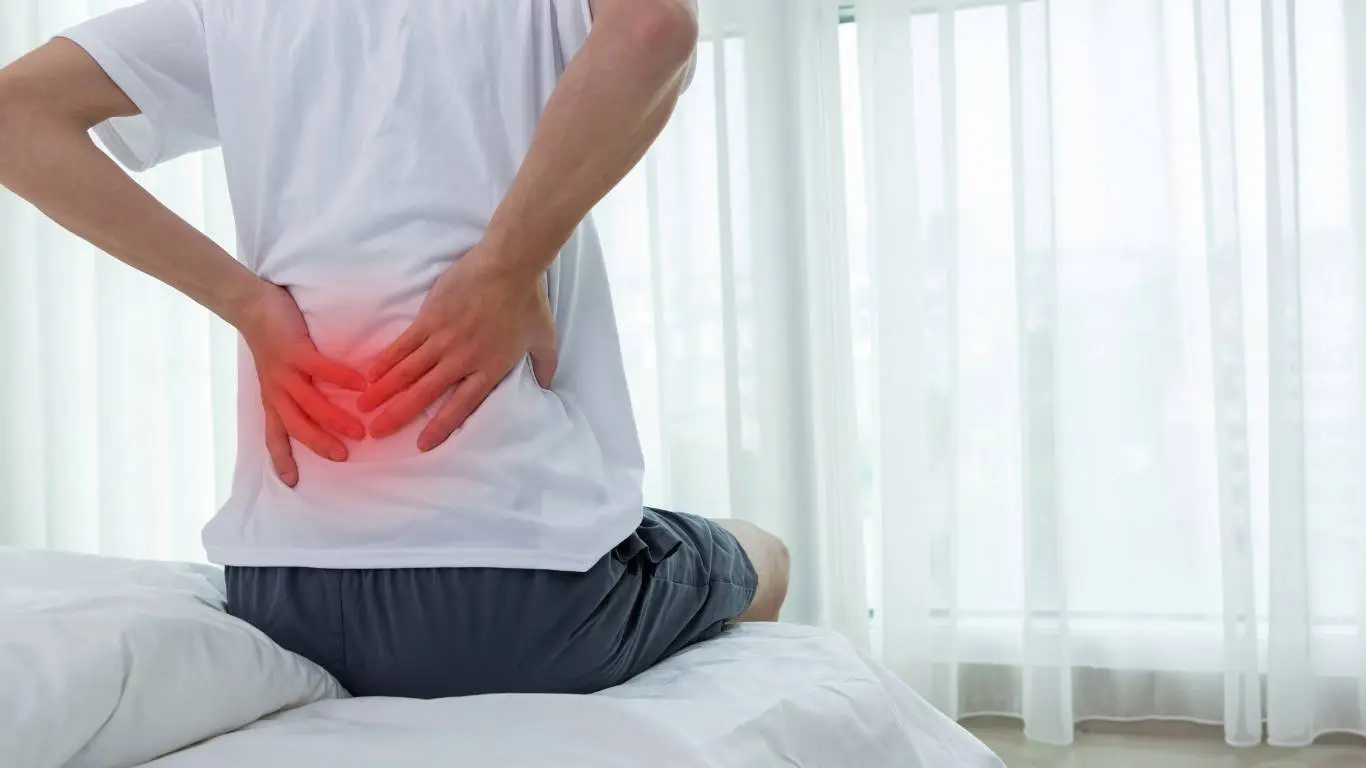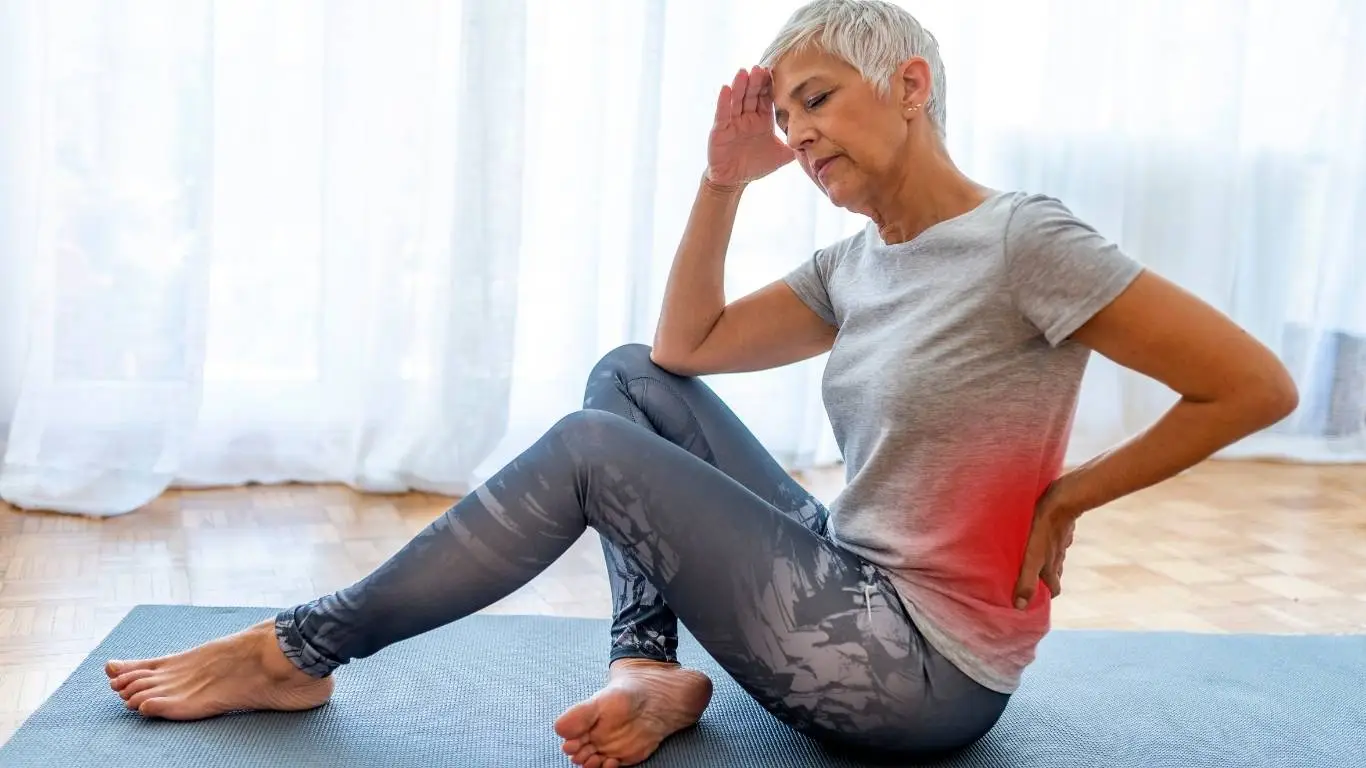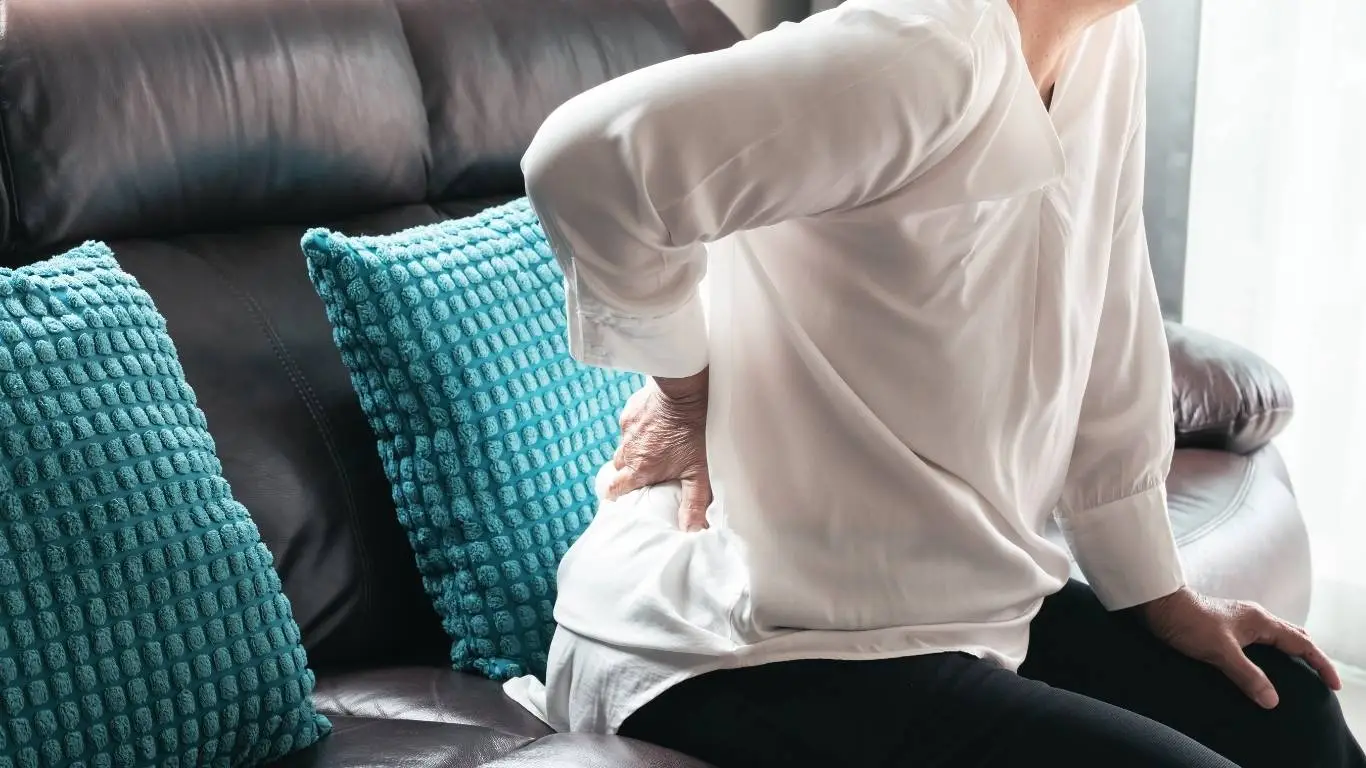Best Desk Stretches For Office Workers To Ease Back Pain
If you’re like me—someone chained to a desk for hours every day—then you already know how quickly your back starts to protest. I used to think a cushy chair would solve everything, but nope. Turns out, even the fanciest ergonomic setup won’t save your spine if you’re not moving regularly. That dull ache between my shoulder blades? Totally preventable. And once I started doing quick desk stretches every hour or so, things really changed. So, let’s talk about how simple desk stretches for office workers can seriously save your back, improve posture, and make you feel human again.
Why Desk Work Is Brutal on Your Back

Spending long hours sitting still doesn’t just stiffen your muscles—it messes with your spine, hips, shoulders, and even your breathing. I didn’t realize how slouched I was until someone took a side photo of me during a Zoom call. Let’s just say I looked like a pretzel. The body isn’t designed to sit in one position all day, especially not hunched forward over a keyboard.
According to CDC and NHS, prolonged sitting increases the risk of musculoskeletal disorders, especially lower back pain. And if you’re dealing with chronic discomfort already, it gets worse. That’s why the right desk stretches matter so much.
Top Desk Stretches to Prevent and Relieve Back Pain

These aren’t yoga class-level moves. They’re short, sweet, and can be done without leaving your chair—or while waiting for your Zoom meeting to start.
1. Seated Spinal Twist
This is my personal favorite, especially during marathon email sessions. It instantly decompresses the spine and opens up the shoulders.
- Sit tall with feet flat on the ground.
- Place your right hand on the back of your chair and left hand on your right thigh.
- Inhale, lengthen the spine; exhale, twist to the right.
- Hold for 15–30 seconds. Repeat on the other side.
2. Shoulder Rolls
I do these whenever I start to feel tension creep up my neck.
- Roll shoulders backward in slow, full circles for 10 reps.
- Repeat forward.
3. Neck Stretch
Office workers often complain about neck strain. This simple stretch works wonders.
- Drop right ear toward right shoulder.
- Gently press the head down with the right hand for a deeper stretch.
- Hold 20 seconds. Repeat on the other side.
4. Seated Cat-Cow
Perfect for loosening the entire spine—upper to lower.
- Sit on the edge of your chair.
- Inhale, arch the back and look up (cow).
- Exhale, round the spine and tuck the chin (cat).
- Repeat 10 times slowly.
5. Forward Fold
Okay, this one feels ridiculously good when you’re mentally fried.
- Sit with feet hip-width apart.
- Slowly fold forward, letting your arms dangle toward the floor.
- Let gravity do the work for 20–30 seconds.
All these stretches can be done in under five minutes, and your back will thank you. I usually do a set mid-morning, after lunch, and before signing off for the day. It’s a game-changer.
Tips to Build a Stretching Habit Into Your Workday

Let’s be real—it’s easy to forget about stretching when you’re deep in work mode. But like any habit, consistency is key.
- Set a timer: I use a 45-minute Pomodoro timer with a chime that reminds me to move.
- Keep it visible: Stick a post-it note on your monitor that says “Stretch?”
- Stack the habit: Pair a stretch session with a coffee refill or restroom break.
- Try desk-friendly tools: Lumbar cushions or standing desks help too (this one changed how I work entirely).
For more advanced relief ideas, ergonomic chairs and lumbar cushions can support your spine while you’re seated.
What Desk Life Does to Your Spine (and How to Fight Back)

One thing I wish I knew earlier: desk work compresses your spine. That’s why you feel shorter (and stiffer) by 5 PM. Not only that, it weakens your glutes, tightens your hamstrings, and wrecks your posture. I went down the rabbit hole on this and found out how poor posture starts this entire cycle of dysfunction.
Even simple stretches break that pattern. Just 5–10 minutes of movement spreads synovial fluid back into the joints and resets posture. It’s like hitting refresh on your back.
And if you’ve been experiencing stubborn back discomfort, it’s worth digging into the types and anatomy of back pain to understand exactly what’s going on. I learned that what felt like “just tension” was actually early signs of muscle imbalance—something that could’ve gotten much worse without regular movement.
If you’re dealing with chronic flare-ups from sitting, I strongly recommend this guide on comprehensive back pain causes and relief. It covers everything from lifestyle changes to expert treatments.
Stretching Alone Isn’t Enough—Fixing the Desk Setup Matters Too

Here’s something I learned the hard way: even if you stretch daily, if your desk is working against you, the pain sticks around. I used to think a quick stretch break would undo eight hours of slouching—spoiler alert: it doesn’t. Once I upgraded my setup, especially my monitor height and chair support, everything clicked into place—literally and figuratively.
The right desk setup reduces strain across your entire back and encourages you to move more naturally. Small tweaks make a big difference:
- Monitor at eye level: Prevents forward head posture and neck pain.
- Feet flat on the floor: Ensures proper weight distribution and lumbar support.
- Elbows at 90 degrees: Reduces shoulder and upper back strain.
- Chair with firm lumbar support: Avoids slumping into the “C” curve that kills your lower back.
If you’re unsure where to start, this guide to ergonomic office chairs is gold. And trust me, investing in something like a standing desk or even a footrest can make your workstation your ally—not your enemy.
Stretches That Target Neglected Office Muscles

Not all pain is in the back. Some of it starts in the hips, hamstrings, and even the ankles. When I started focusing on these areas, the difference was night and day. It’s wild how connected everything is.
1. Hip Flexor Stretch (Standing)
- Stand next to your desk and step one foot back into a lunge.
- Gently sink into the stretch, keeping your back straight.
- Hold for 30 seconds and switch sides.
2. Hamstring Stretch (Seated)
- Extend one leg out straight with heel on the ground.
- Lean forward slightly, keeping back straight until you feel a stretch.
- Hold for 20–30 seconds per leg.
3. Chest Opener (Standing or Seated)
- Clasp your hands behind your back, straighten your arms, and open the chest.
- Hold for 15 seconds, breathe deeply.
I especially love doing these after lunch or a long call. It wakes me up better than coffee some days. These stretches also help with muscle imbalances that lead to pain over time.
When Simple Stretches Aren’t Enough

Let’s be honest—some days, the pain is more than just stiffness. If you’ve got sharp pain, radiating sensations down your leg, or numbness, it’s not just a “bad chair” problem. It might be something deeper like lumbar radiculopathy or disc issues. I’ve had flare-ups where no stretch in the world helped. That’s when I knew it was time to look at the bigger picture.
Persistent pain deserves proper assessment. Things like MRI scans and expert evaluations aren’t overkill—they’re clarity. If you’re in that zone, don’t just “stretch through the pain.” That’s how small problems become lifelong issues.
Boost Your Stretch Game With Movement Breaks

Stretching is step one. Moving throughout the day is step two. I added “mobility snacks” to my routine—little 3- to 5-minute breaks where I walk, squat, or even dance (don’t judge). And guess what? I concentrate better and hurt less.
You don’t need a full gym break. Just consider adding:
- A lap around your office or home every hour
- Standing meetings or calls
- Using the farthest restroom or printer
- Stretch reminders with apps like Stretchly or StandUp
If you travel or commute often, these travel back pain tips saved me more than once during long flights and car rides. And if you’re like me and try to squeeze in gym time between work, it’s worth learning how to lift safely with back pain.
Desk Stretches: Your Low-Tech Weapon for a Healthier Spine

No expensive gadget, wearable, or app can beat the power of simply moving your body. Desk stretches for office workers aren’t just about avoiding pain—they’re about reclaiming control of your physical health, one mindful pause at a time. I’ve gone from afternoon stiffness to actually enjoying long workdays (yeah, never thought I’d say that). These tiny changes ripple outward, improving mood, energy, and overall quality of life.
For a deeper dive into sustainable back health and movement, explore the full guide on exercise, rehabilitation, and ergonomics—it’s packed with expert-backed strategies. And don’t miss the main Back Pain overview that covers everything from causes to treatments.

Camellia Wulansari is a dedicated Medical Assistant at a local clinic and a passionate health writer at Healthusias.com. With years of hands-on experience in patient care and a deep interest in preventive medicine, she bridges the gap between clinical knowledge and accessible health information. Camellia specializes in writing about digestive health, chronic conditions like GERD and hypertension, respiratory issues, and autoimmune diseases, aiming to empower readers with practical, easy-to-understand insights. When she’s not assisting patients or writing, you’ll find her enjoying quiet mornings with coffee and a medical journal in hand—or jamming to her favorite metal band, Lamb of God.






